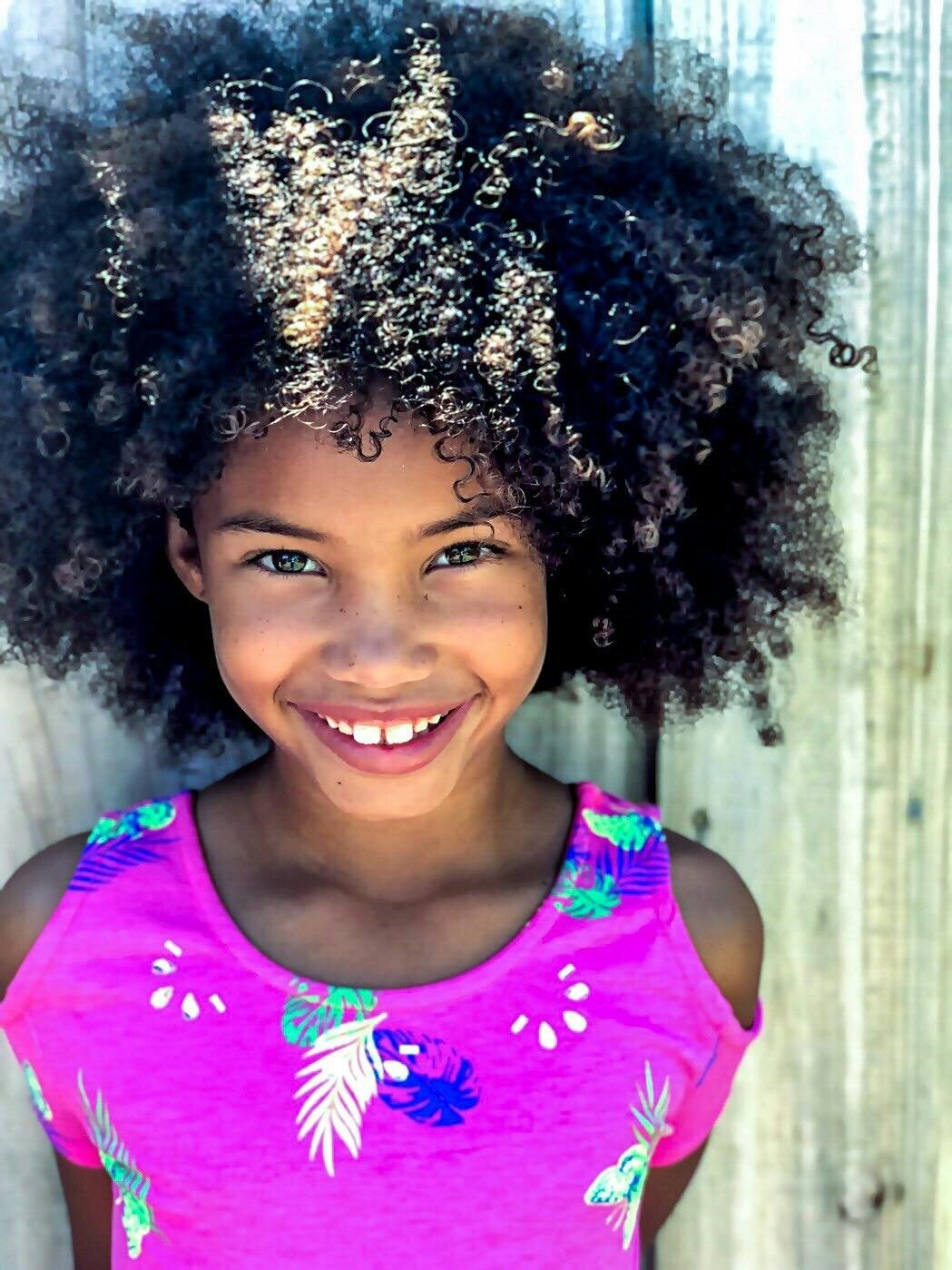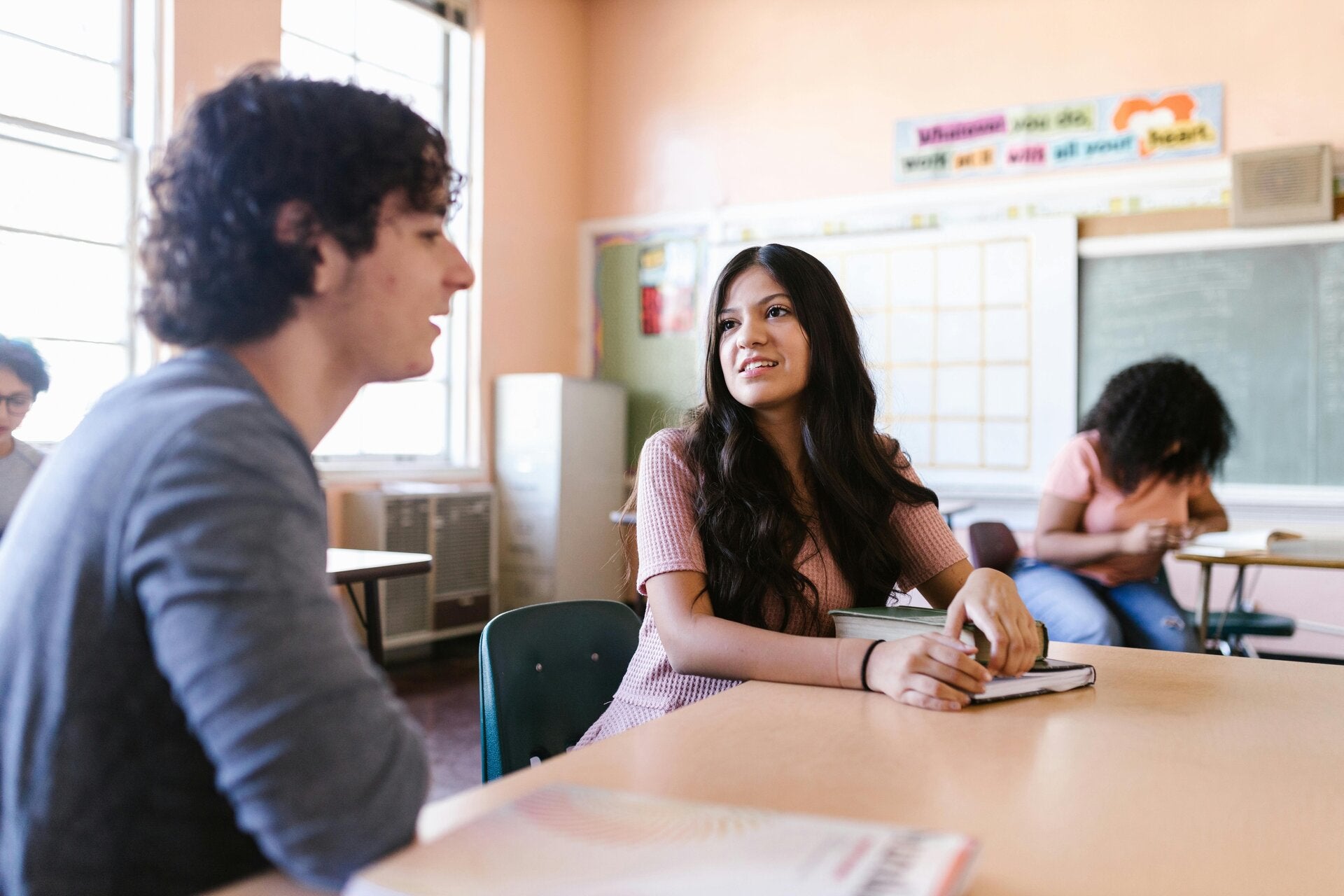
Social and Emotional Milestones
Infancy (0-1 years)
Social and Emotional Milestones
- Separation anxiety begins at 8-10 months (Sterling Honig & Wittmer, 2017, p. 1).
- Smiling begins at 6 weeks old (Sterling Honig & Wittmer, 2017, p.1).
Social and Emotional Learning Strategies
- Be attentive to babies' cries (Sterling Honing & Wittmer, 2017, p. 1).
- React to baby's feelings and accept all types- even when they are mad or jealous (Sterling Honig & Wittmer, 2017, p.1)
Classroom Self-Regulation Skills
- Create a peaceful and safe environment (Sterling Honig & Wittmer, 2017, p. 1).
- Be extra attentive to those babies who never cries or fuss (Sterling Honig & Wittmer, 2017, p. 3).
- Provide one main adult who is responsible for one small group of infants (Sterling Honig & Wittmer, 2017, p. 3).

Early Childhood (3-8 years) Older Youth
Social and Emotional Milestones
- Have a positive self-awareness about themselves and capabilities (Ormrod et al., 2024, p.71).
- Rapidly bounce back from their failures (Ormrod et al., 2024, p. 71).
Social and Emotional Learning Strategies
- Try to decrease a student's capabilities of comparing themselves with other peers (Ormrod et al., 2024, p. 75).
- Help those students who are highly self-conscious and guide them with skills (Ormrod et al., 2024, p.75).
Classroom Self-Regulation Skills
- Create and assign classroom jobs and responsibilities (Slater, 2021, p. 3).
- Educate the importance of morals and value (Slater, 2021, p. 3),
- Make daily routines a priority (Slater, 2021, p. 4).

Adolescence (12-18 years)
Social and Emotional Milestones
- Self-aware of own emotions and identification (University of Minnesota Extension, 2018).
- Stronger sense of empathy for others begins (University of Minnesota Extension, 2018).
- "Pleasure-seeking" arises (Ormrod et al., 2024, p.74)
Social and Emotional Learning Strategies
- Teach students the importance of their own cultures and to feel proud (Ormrod et al., 2024, p. 75).
- Provide students with positive skills to boost their confidence and to encourage their talents (Ormrod et al., 2024, p. 79).
Classroom Self-Regulation Skills
- Be a model to the self-regulation skills you are teaching (Slater, 2021, p. 3). For example, being prompt to class and good attendance.
- Create an atmosphere where students know they belong (Slater, 2021, p. 3).
What is Self-Regulation
Self-regulation is being aware of various situations in a person's element. To know what can trigger stress, and how to regulate the body and emotions from becoming overwhelmed (Slater, 2021, p.1).

Create Your Own Website With Webador